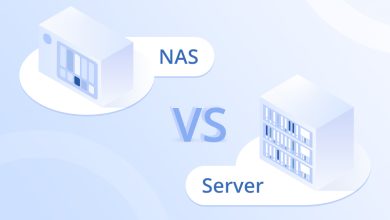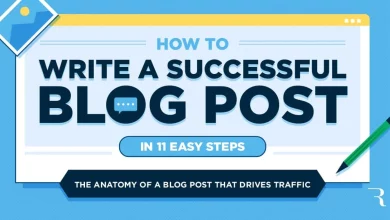Waterfall Charts: A Comprehensive Guide To Understanding

In the ever-changing landscape of business, understanding data and using it to inform decision-making is not just an asset, but a necessity. Among the wide array of data visualization tools available, the humble waterfall chart often gets overlooked. Yet, its simplicity and elegance make it worth considering, and its strength lies in its ability to lay bare the complex interplay of positive and negative data, creating a clear and immediate visual impact. Keep reading if you want to understand this under-utilized yet powerful tool.
An Introduction to Waterfall Charts
At its core, the waterfall chart is a variation on the bar graph, made up of floating bars rather than ones that stand solidly on an axis. But what sets the waterfall apart, is how it graphically represents the cumulative effect of sequentially introduced positive or negative values. These can often resemble steps, progressively building up or down to the end value. This “building block” appearance is the reason for the name “waterfall,” as the end look of the chart can often resemble an omgblog waterfall.
Waterfall charts are exceptional at demonstrating the way in which an initial value is affected sequentially by intermediate values. These intermediate values can either increase or decrease the starting value to reach a final total. Financial professionals commonly use the waterfall to demonstrate the way various factors, both positive and negative, impact an overall value.
For instance, waterfall charts are used to show how an initial forecasted profit margin might be affected by various internal and external events over a period of time. Such a chart would start with the forecasted profit margin, then downward bars would represent expenses and other costs, while upward bars would represent gains and profits, arriving at the final profit margin visually. The advantage of using a waterfall chart in this example is that it visually represents not just the end figures, but also how the interplay of positive and negative values affects the end figure.
Building Your First Waterfall Chart
Building a waterfall chart doesn’t require specialized software or tools. They can be created using widely available software like Microsoft Excel. However, it is important to structure your data correctly and this may be easier with other types of software. The basics of creating a waterfall chart include an initial value, subsequent increased/decreased values, and the final value. These will serve as the structure for your waterfall chart, with initial and final values at the ends, and intervening positive or negative values arranged sequentially in between.
A good way to start is by setting your data in a tabular format. This table should have your categories (the different factors affecting the main value) in one column and corresponding values in another. It is crucial that the starting value and the final value are parts of these categories. Subsequently, you would need to calculate the intermediate values which would be represented by the floating bars. These values are determined based on whether they add or subtract from the initial value.
Once the data is structured, you can use the chart function in your software to create the basic structure of the waterfall chart. While creating waterfall charts may seem complex to the first-time user, with a bit of practice, it becomes a straightforward process.
Conclusion
In conclusion, mastering the waterfall chart’s nuances and accurately interpreting its information is central to harnessing its full potential. Precision in terms of choosing the initial and final values, carefully plotting the values, and proper labeling are keys to creating effective waterfall charts. Similarly, correctly interpreting the beginning, middle, and end of the chart’s narrative structure is key to gaining insights from the visualization. Altogether, an effective engagement with waterfall charts can make a significant difference in your data-driven decision-making process.





